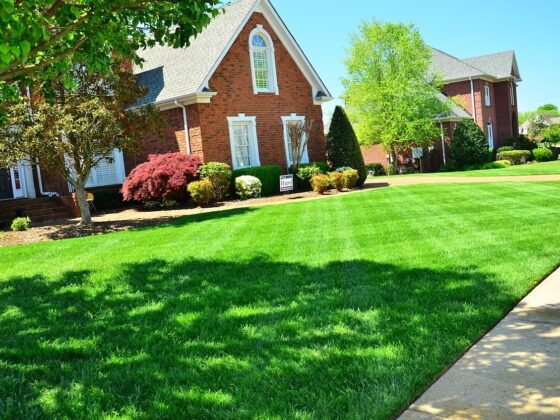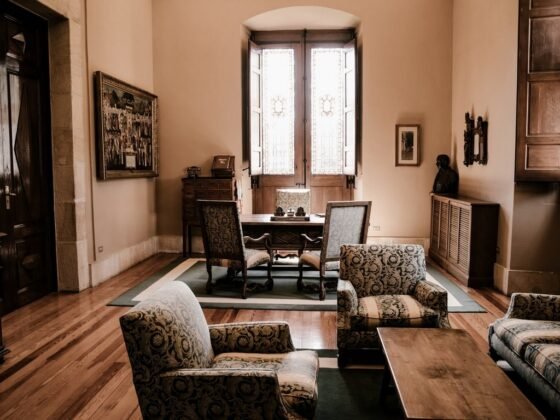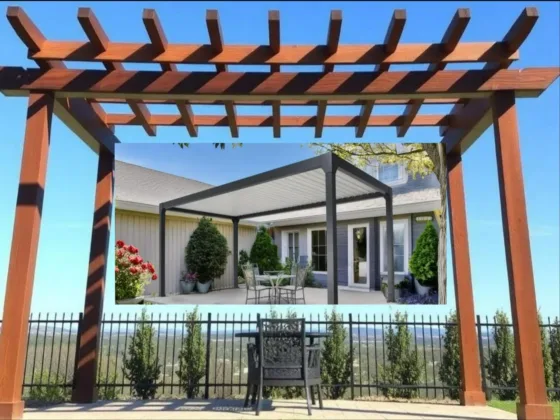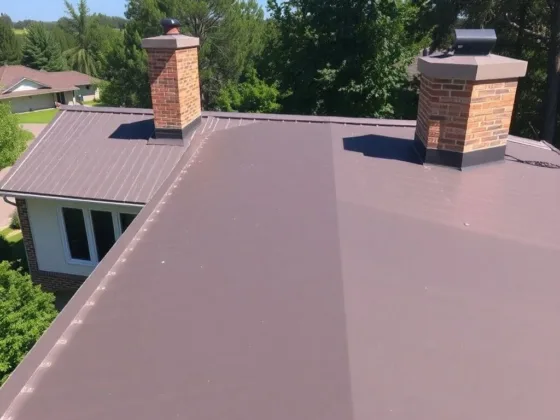Table of Contents Show
You may hear the terms antique and vintage banded around, especially when you start looking at older pieces of furniture. It can sometimes seem difficult to know whether you have an antique or a vintage piece.

In fact, the main difference is age. Antique furniture is considered anything that is at least 100 years old. Because of this age barrier, most antique items are furniture.
Of course, the expression can be used to describe glass or pottery created over 100 years ago. However, thanks to the fragility of these items they are much rarer to see today.
As a point of reference, once the piece becomes older than 300 years it is generally referred to as a fossil or antiquity.
Refinishing Antique Furniture
The principle behind refinishing is to try and restore the original finish of the item.
Naturally, when contemplating refinishing the concern is that you are damaging the authenticity and the value of the piece. However, this is seldom the case.
Read Also:
How Refinishing Helps the Value
If you ask a specialist in furniture restorations there is a difference between restoration and refinishing a piece of furniture. Restoring means repairing the piece and making it look like it originally did.
In contrast, refinishing is when the original finish of a piece is replaced. Although there are many modern options, a quality refinish will use the same materials as the original, or as close as is possible to this.
Any item can be restored and refinished or just refinished.
If you’ve seen the experts on television then you probably think that any type of repair will undercut the authenticity of the item and therefore in its value. This is likely to be true if the piece was in good condition and didn’t really need repairing.
However, in the majority of cases, the item is worn or even damaged, making restoration and refinishing the only viable option to ensure the item stays in existence.
The simple truth is that many antique items of furniture are made of wood and have started to rot.
If the piece isn’t repaired and refinished then it will slowly disintegrate and vanish from existence. Refinishing is essential if you want to protect the wood from further issues.
Any damage needs to be repaired to allow the piece to survive. Refinishing will then ensure the wood is properly protected and will last for years to come.
When You Shouldn’t Refinish
If your antique item is already in good condition then it is not usually necessary to refinish it. In these cases, you are likely to devalue the item as it was an unnecessary process designed to make the piece look like new.
However, in the majority of cases refinishing and even restoration is justifiable and will increase the value simply because the item is in poor condition.
Understanding The Refinishing Process
The refinishing process is best undertaken by a professional as this will ensure the piece retains its integrity and stays as close to original as possible.
In order to refinish an item, it is necessary to start by cleaning it. This allows you, or an expert to properly examine the piece to see what damage there is, whether it needs restoration, and even whether a refinish is advisable.
If the answer is yes then the original finish will need to be removed. It’s common for professionals to analyze the finish in an attempt to match it.
The original finish will be removed with mild chemicals that allow the finish to be taken off without damaging the furniture.
Once this is done the item will be sanded. This removes blemishes and stains, allowing the finisher to work with a high-quality piece. If a necessary chemical stripper is also used during this stage.
Once this has been done and the wood cleaned again, it will be sealed. This is usually a clear substance to avoid changing the look of the item.
After it’s been sealed the item can be stained o painted to match the original finish and a final finishing layer will be applied.
It sounds simple but this must all be done properly to ensure the piece still looks authentic and will last for many more years.










